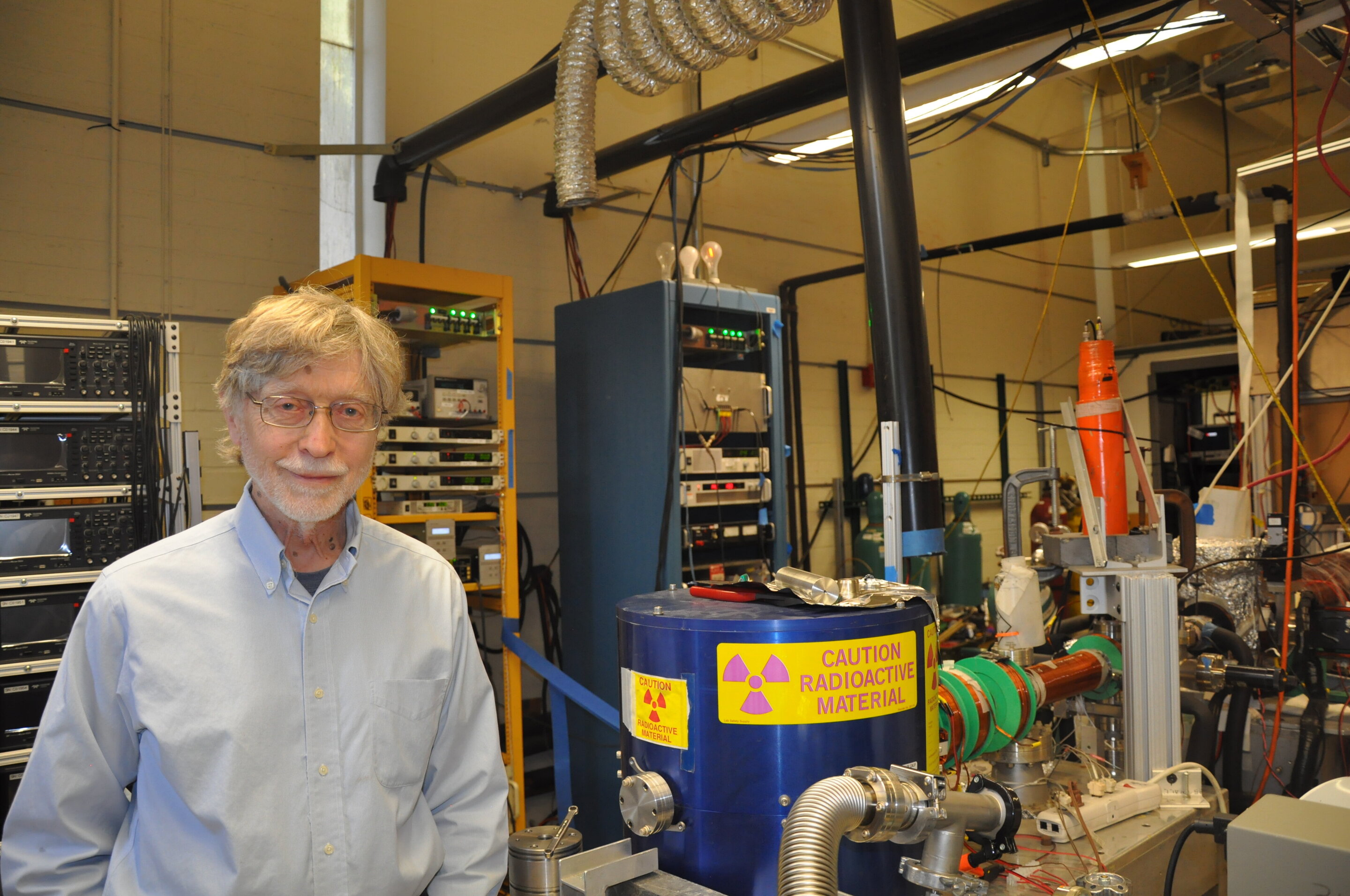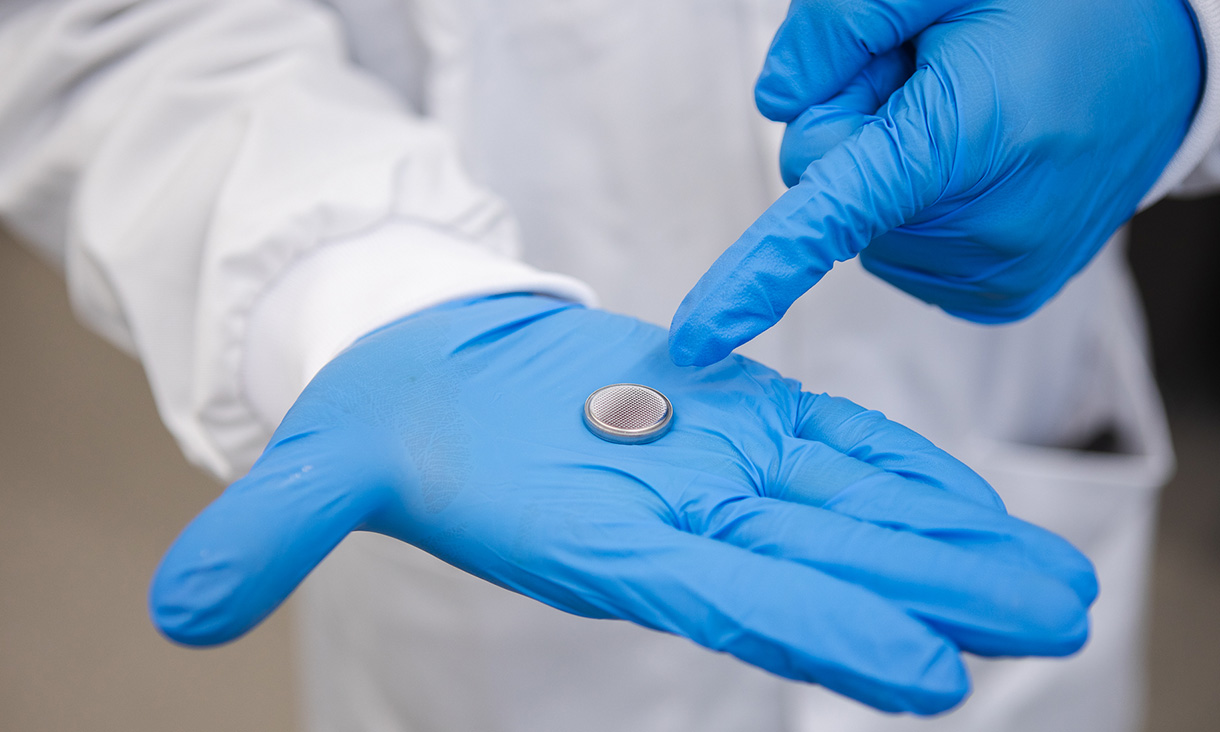Allen Mills, a physics professor at the University of California, Riverside, is close to creating the first gamma-ray laser in the world. Until now, the gamma ray laser has been a hypothetical device that would be capable of producing gamma rays in a similar manner to how conventional lasers emit light through optical amplification. Many have tried to materialize this device, and failed to do it thus far. Even the 2003 Nobel winner, Vitaly Ginzburg, has called the creation of the gamma ray laser one of the most important problems in modern physics.
Apparently, A. Mills has managed to figure out a way that works on paper at least, and which involves the use of hollow spherical bubbles that are filled with a gas of positronium atoms, maintained in stable form inside liquid helium. Positronium is extremely hard to work with, as it’s highly unstable and very short-lived. It’s basically an electron and its anti-particle, a positron, bound together in an atom-like system that is called the “onium”. When the two partciles annihilate each other, two to three gamma-rays are produced (depending on the relative spin states).
Gamma rays are the most powerful and dangerous type of radiation, but when produced in a controlled state, they could open up a host of new possibilities in a wide spectrum of different fields. Application examples include advanced medical imaging, novel cancer treatment solutions, and high-performance spacecraft propulsion systems.
The team is currently perfecting the production of the required Bose-Einstein condensates by using a specially crafted anti-matter beam and pointing to the liquid helium. Next, they will try to tunnel the positronium through a graphene sheet next. Considering the impenetrable nature of this material, a positronium atom laser beam could theoretically spew out of the tube. If that happens, it will be a bright day for physics, and a milestone for modern science.







